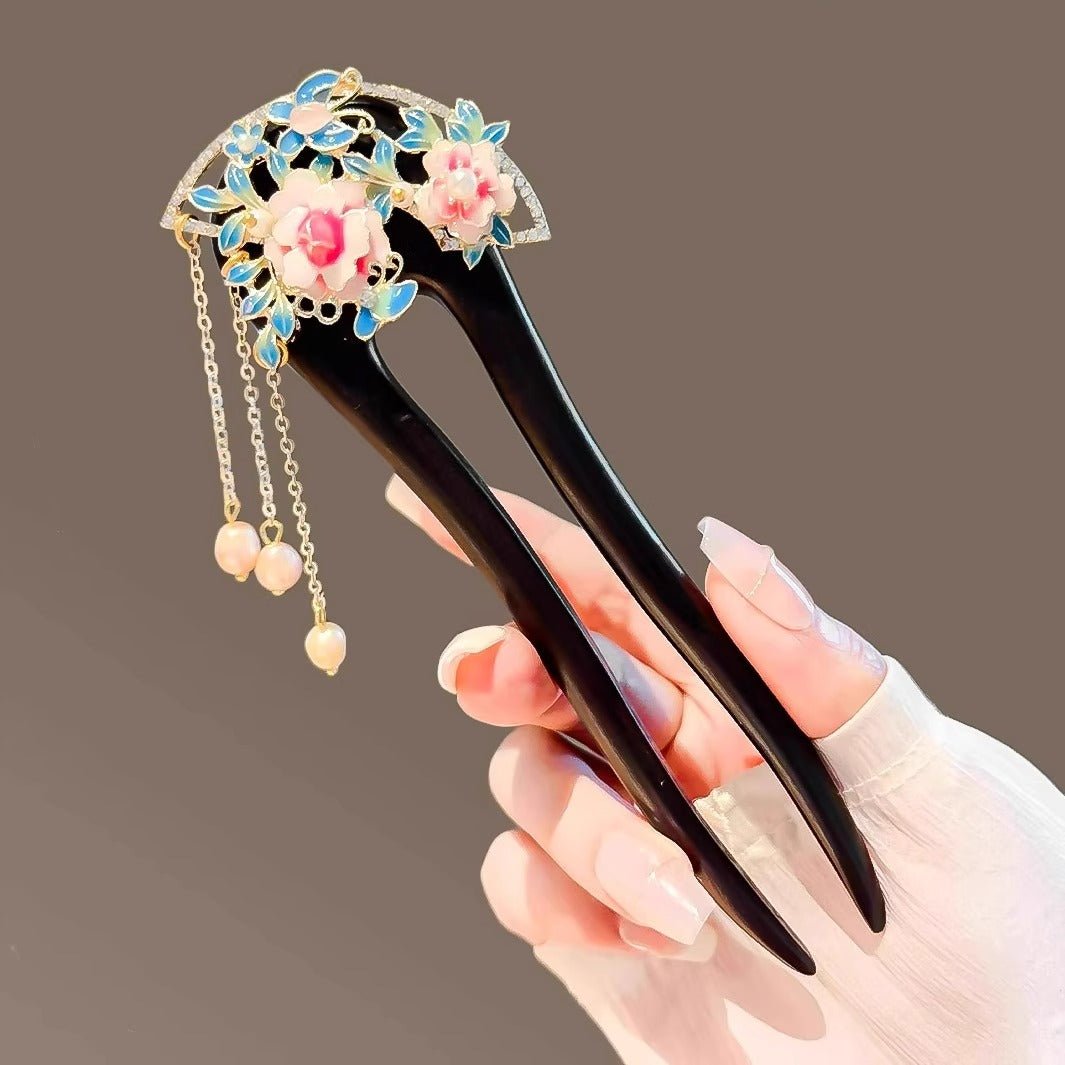
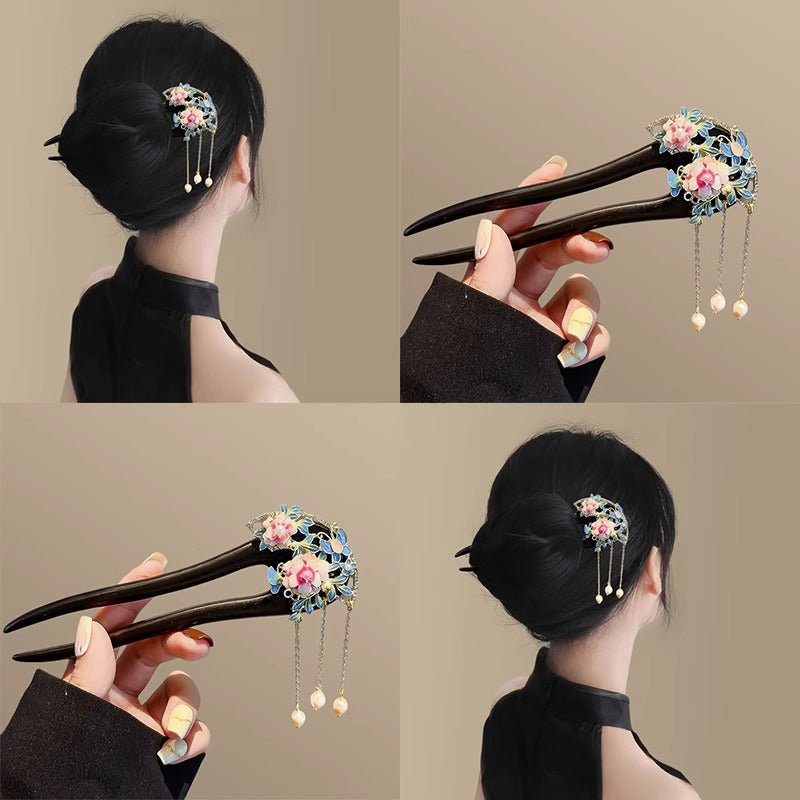
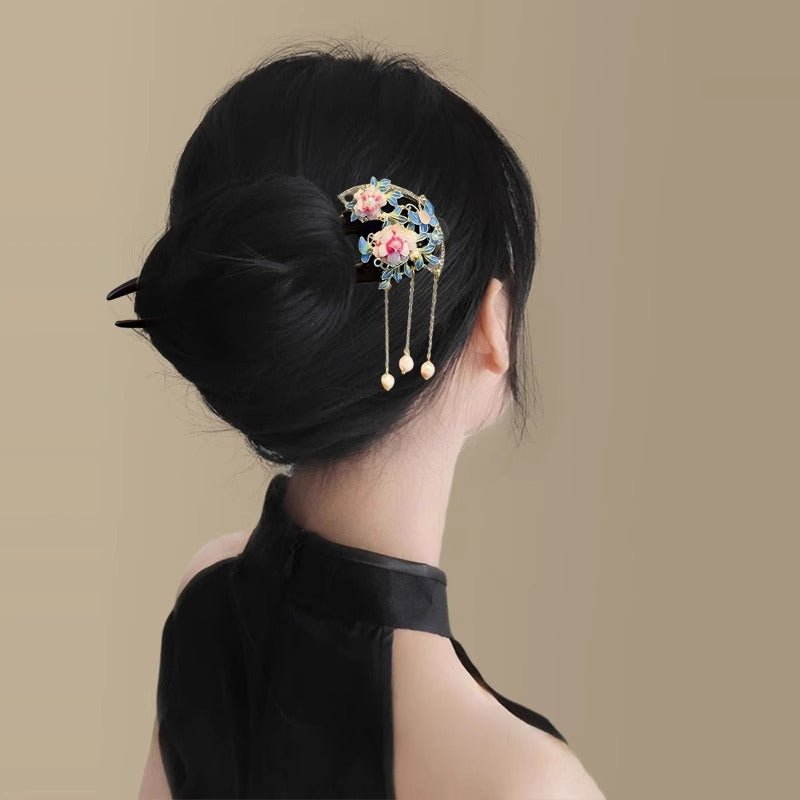
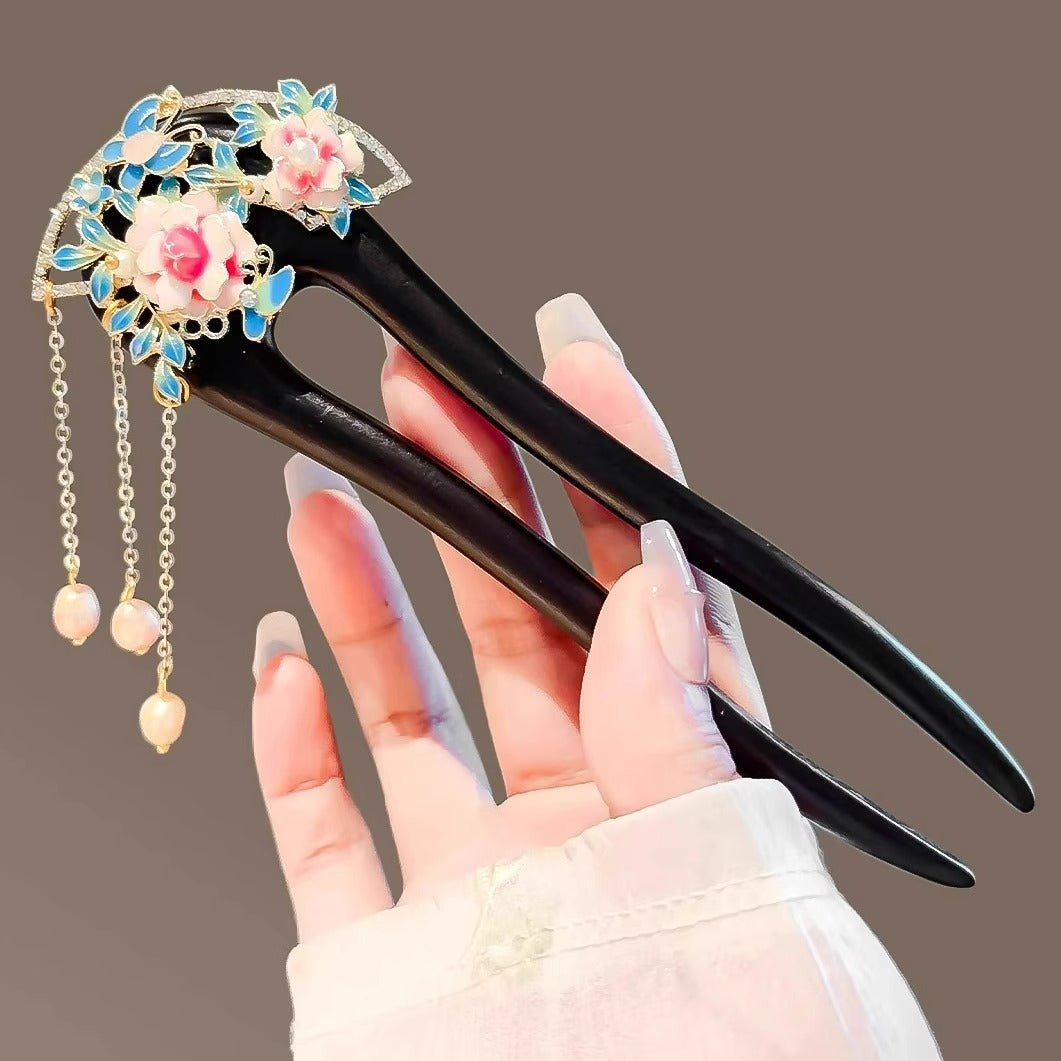
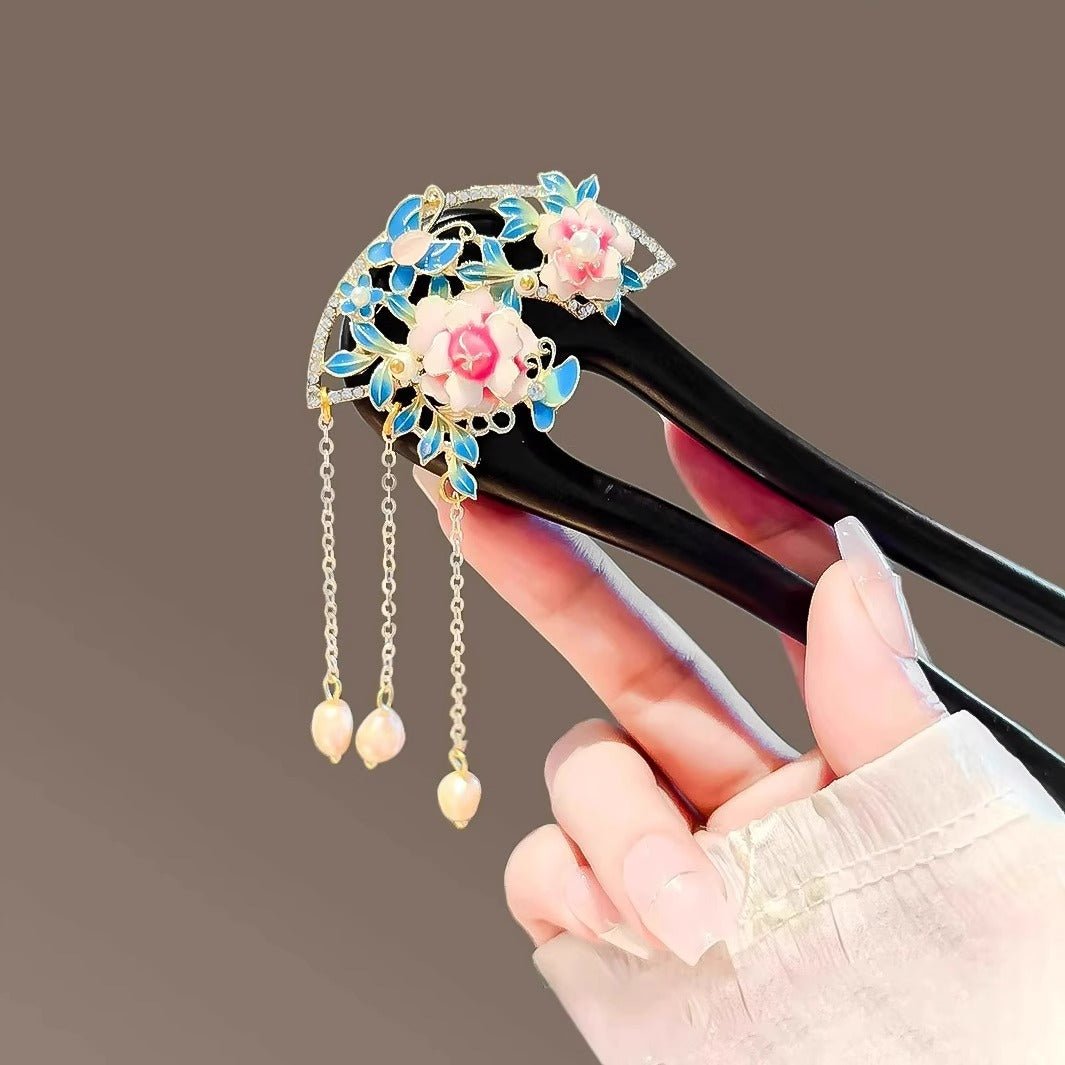
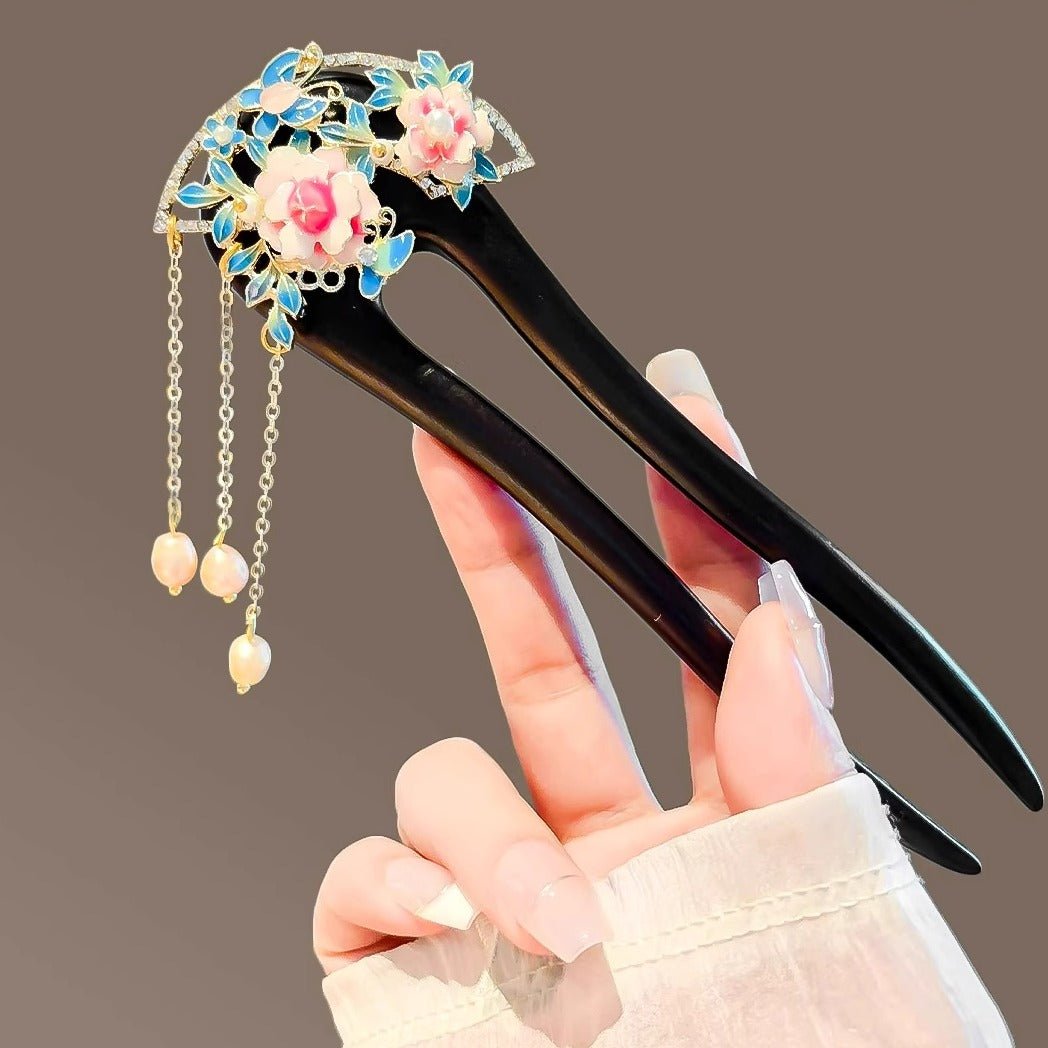
Important Notes
Washing
*Hanfu garments are often delicate, especially those with embroidery. Handwashing is recommended.
*If you prefer to use a washing machine, choose the gentlest cycle and place the Hanfu in a laundry bag for added protection.
*After washing, air-dry indoors in a well-ventilated area.Avoid direct sunlight, as it can cause color fading.
Storage
*Store your Hanfu in breathable garment bags to keep it clean and protected.
*Avoid hanging for long periods, as this can stretch or distort the fabric.
*Instead, gently fold your Hanfu and store it flat or stack it neatly in a storage box or drawer.
What to Expect Before Your Order Ships
Processing Time: Orders are typically processed within 3 business days, excluding weekends and holidays.
Readily Available Items: These items are processed and shipped within 3 business days.
Preorder Items: Processing time for preorder items may range from 2 to 5 weeks, as indicated in the product description. Please refer to the estimated timeframe under the product description for an accurate processing duration.
If your order contains both readily available and preorder items and you wish to have them shipped separately, an additional USD 25 will apply. Please contact us to arrange this.
Once your order has been dispatched, we cannot cancel, modify your order.
If there are any issues with your order — such as an item being out of stock or unavailable — we will notify you via email within 48 hours of receiving your order.
If you have any questions or need support, feel free to contact us at jianxihanfu@gmail.com. Please allow 1-2 business days for a reply, as there may be a time zone difference.
International Shipping
Enjoy FREE Standard Delivery on $199USD+ orders! Discount applies automatically.
Shipping Methods
- Express Shipping: Delivered via DHL or FedEx, typically within 5–7 business days. For certain addresses, we may use EMS or UPS at our discretion.
- Standard Shipping: Shipped via China Post and USPS, with an estimated delivery time of 2 weeks.
Order Tracking
Once your order ships, you’ll receive an email confirmation with a tracking number so you can follow your package every step of the way.
- DHL: https://www.dhl.com/en/express/tracking.html
- FedEx: https://www.fedex.com/en-us/tracking.html
- China Post: https://www.17track.net/en
Customs Duties & Taxes
Please note that any customs fees, duties, or taxes imposed by your country are not included. These charges are determined by local customs authorities and are beyond our control.
In the event that customs duties are declined at the time of delivery, the package is returned to us, please note that no refunds or cancellations will be provided. This is due to penalty charges imposed by the courier for the return shipment.
Notice for U.S. Customers – New Customs Duty Policy Starting May 2nd
- From May 2nd, 2025 onwards, all shipments entering the U.S. may incur customs duties. Recipients must pay any applicable duties before delivery can proceed.
- Orders shipped before May 2nd are not guaranteed to arrive in the U.S. before the deadline. If they arrive after May 2nd, duties may still apply.
- If customs duties are refused by the recipient, the package will be returned to China, and unfortunately, no refunds or cancellations will be provided due to penalties charged by the courier.
- Some items may be shipped from Singapore, but please note that we cannot guarantee exemption from customs duties. If you would like your order to be shipped from Singapore, please contact us in advance to confirm.
Produktname:
Material:
Spezifikation:
Besonderheit:
Erscheinungsstil:
Die Bedeutung von Haarnadeln
In sozialer Hinsicht hatten sie eine bedeutende symbolische Bedeutung. Für Frauen zeigten Haarnadeln oft ihren Familienstand an. In manchen Epochen signalisierte das Tragen einer bestimmten Haarnadel, dass eine Frau verheiratet war. Sie spiegelten auch den sozialen Status einer Person wider; kunstvolle Haarnadeln aus wertvollen Materialien wie Jade, Gold oder Silber wurden von Adligen getragen, während das gemeine Volk einfachere Modelle aus Holz oder Bambus trug.
Darüber hinaus wurden Haarnadeln oft als Zeichen der Zuneigung verwendet. Ein Mann schenkte seiner Geliebten eine Haarnadel als Zeichen seiner Verbundenheit, und ein solches Geschenk wurde als wertvolles Andenken mit hohem emotionalen Wert geschätzt. Es gibt noch eine andere interessante Art, es auszudrücken.

